Pandesal is the most popular bread in the Philippines for a good reason! With a golden, crumb-coated exterior, slightly sweet taste, and soft, fluffy texture, this Filipino-style bread roll is delicious on its own or with your choice of filling. Perfect for breakfast or as a snack!
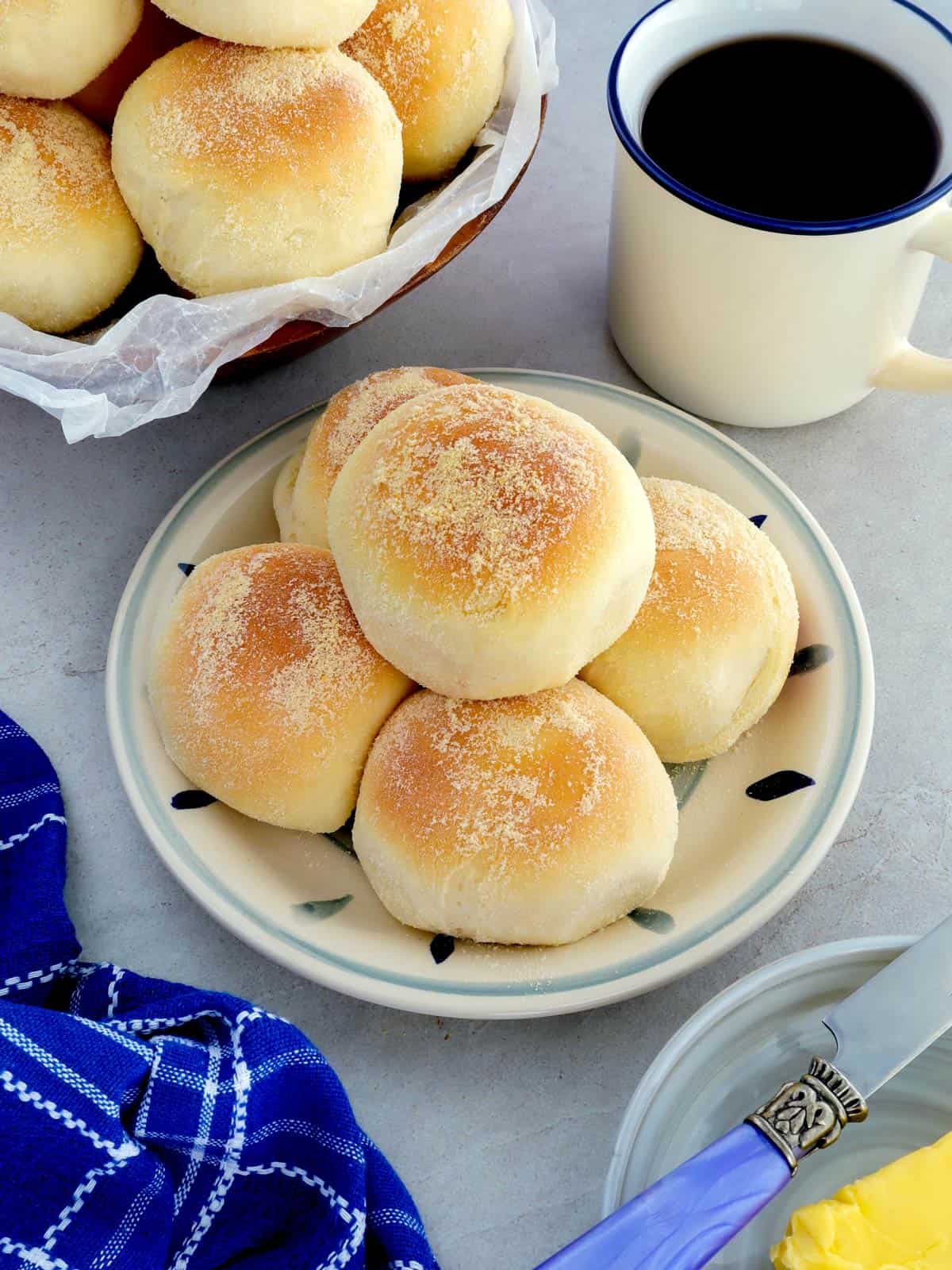
Although I am comfortable with pie crusts and do well with simple coconut macaroons, cheese cupcakes, and chocolate cupcakes, I find baking with yeast a whole different kind of beast. But since one can't have a Filipino cooking blog and not have a recipe for the most popular Filipino bread, I stepped out of my comfort zone and set out to make the best homemade pandesal ever, which I found on Lisa's Salu-salo blog.
After baking a batch following her recipe and enjoying a couple of pieces slathered with copious amounts of Chez Whiz, I realized that our fears become our limits. Making pandesal is not as difficult as I thought. In fact, the hardest part is waiting for the dough to rise! And another fact, I've baked this bread roll many times like a pro!
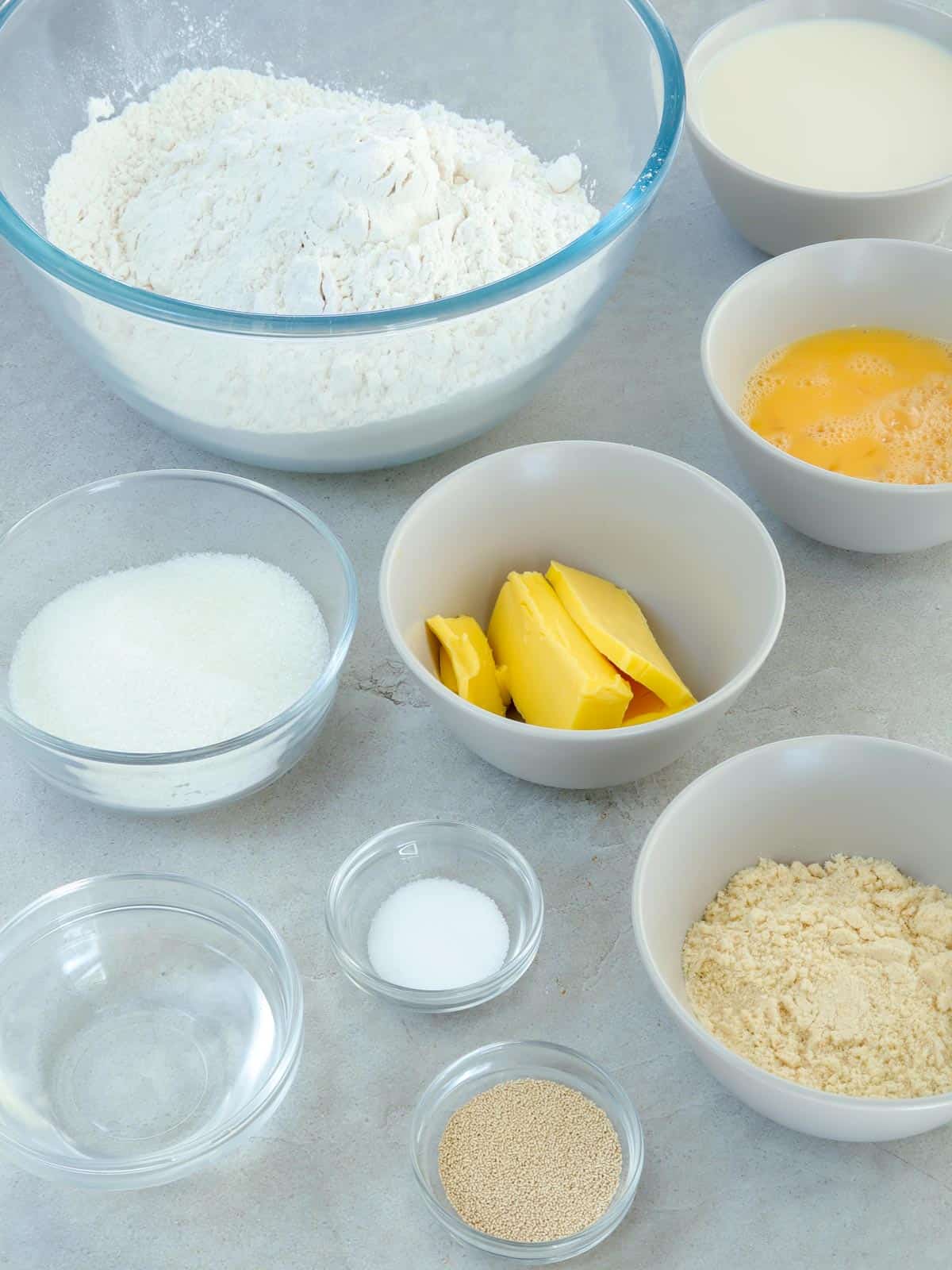
What is pan de sal
Pan de sal which is Spanish for bread of salt is traditionally made with wheat flour, yeast, water, and a pinch of salt added to the dough. Over the years, ingredients such as eggs, milk, and butter were incorporated into the basic recipe resulting in a sweeter-than-salty flavor.
Adding different flavors, such as ube, chocolate, coffee, pandan, and red velvet, is also common. For variety, the bread buns are sometimes baked with meat fillings such as shredded chicken adobo, flaked tuna, or sauteed corned beef.

Proofing the yeast
- Make sure the temperature of the water used for proofing is between 105 F to 115 F, as hot liquids (about 135 F and above) will kill the yeast.
- The purpose of activating or proofing the yeast is to ensure it's alive and active before proceeding with the recipe. If bubbles don't appear on the surface of the mixture after about 6 to 10 minutes, it might be the liquid is too hot or the yeast is too old.
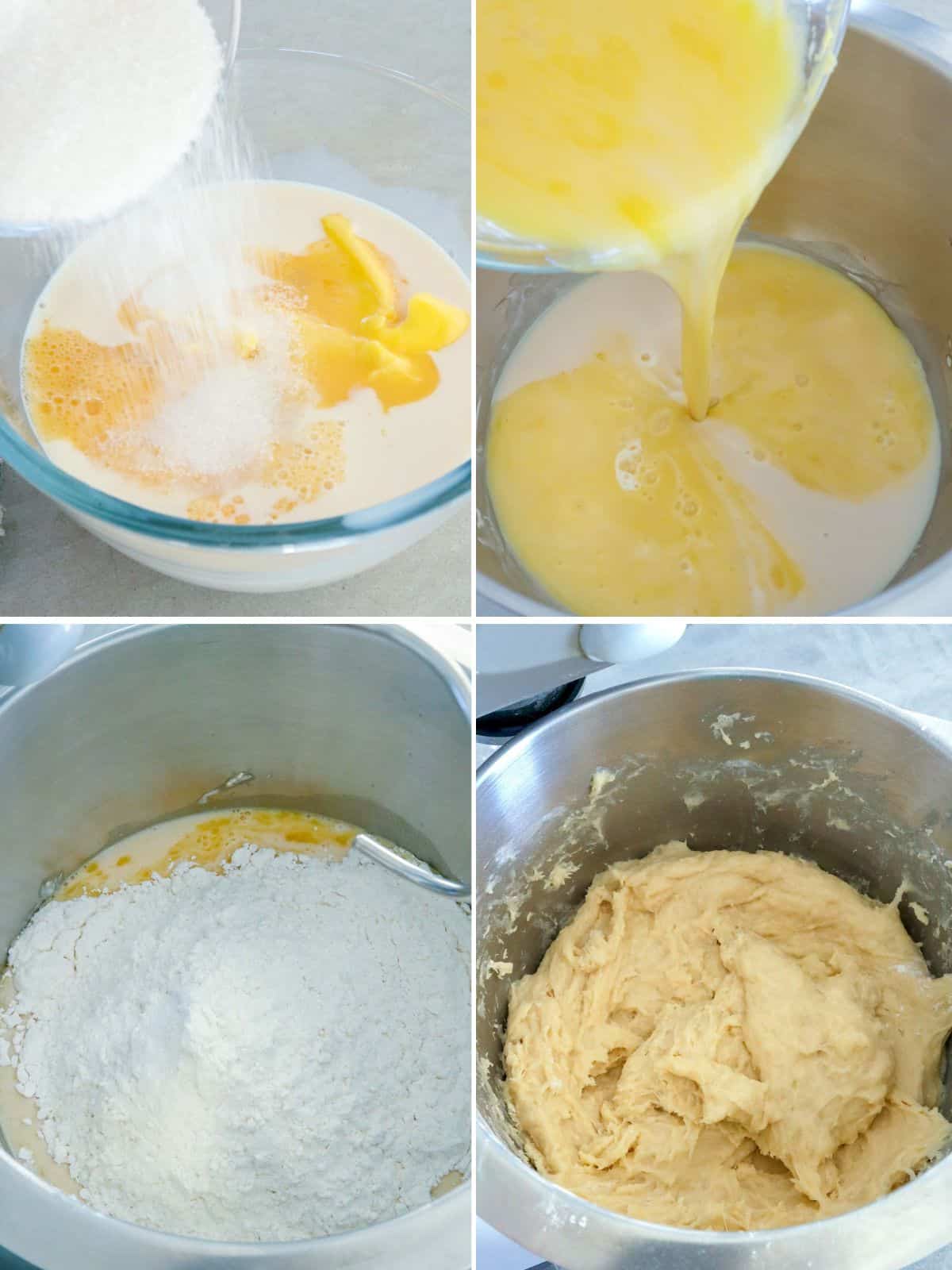
Making the dough
- Add the milk mixture and 2 cups of flour to the yeast mixture. Using the dough hook attachment, mix over medium speed until incorporated.
- Gradually add the remaining 2 and ¼ cups of flour in ½ cup increments and continue to mix until a shaggy dough forms. Turn the dough over on a flat working surface to knead.
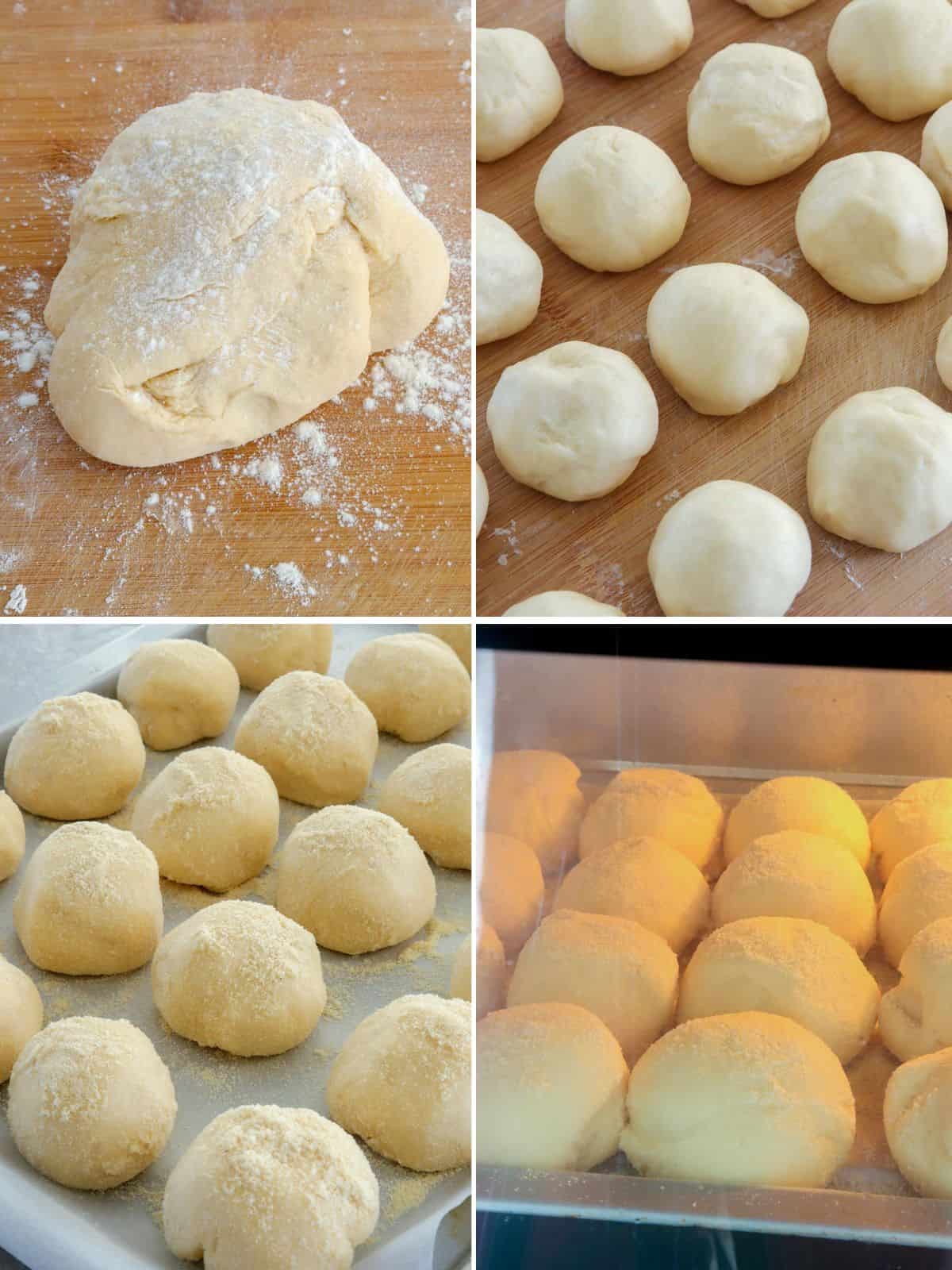
Kneading and rising
- You will need 4 ¼ cups of flour for the dough and about ¼ to ½ cups when kneading. Add the remaining flour sparingly and just until the dough is manageable. Knead the dough until it is smooth, elastic, and no longer sticky.
- Yeast grows and multiplies best at 75 F to 85 F. If your house is too cold, turn on the oven to the lowest setting for about 2 minutes, turn it off, and place the dough in the center of the oven to rise.
How to know if the bread dough has been adequately kneaded
- The dough turns from shaggy to smooth. It will lose its stickiness and will only be tacky to the touch.
- The dough is elastic. Do the windowpane test! Take a little portion of the dough and stretch it out with your fingers. It should form a thin and translucent window in the center without breaking.
- The dimple test. After you poke a finger in the surface, the dough forms a dimple, then springs back up again.
Quick tip
If you prefer the cylindrical shape of traditional pandesal, divide the dough into two parts and shape each into a long baton with a 4 to 5-inch diameter. Cut each baton horizontally into 12 portions.

Serving suggestions
- Pandesal is the staple bread of the Philippines. Widely enjoyed throughout the day for breakfast, as a snack, or as part of a larger meal, its place in our cuisine is almost synonymous with that of rice.
- While the soft, fluffy rolls are fantastic on their own, it's common to serve them with coffee for dipping or with a choice of fillings such as cheese, coconut jam, margarine/butter, and peanut butter.
- My personal favorite is stuffing them to the brim with pancit bihon guisado. So good! And if you're lucky to catch Mamang sorbetero on the street, you can even ask him to serve your scoop of mango ice cream sandwiched in pandesal!
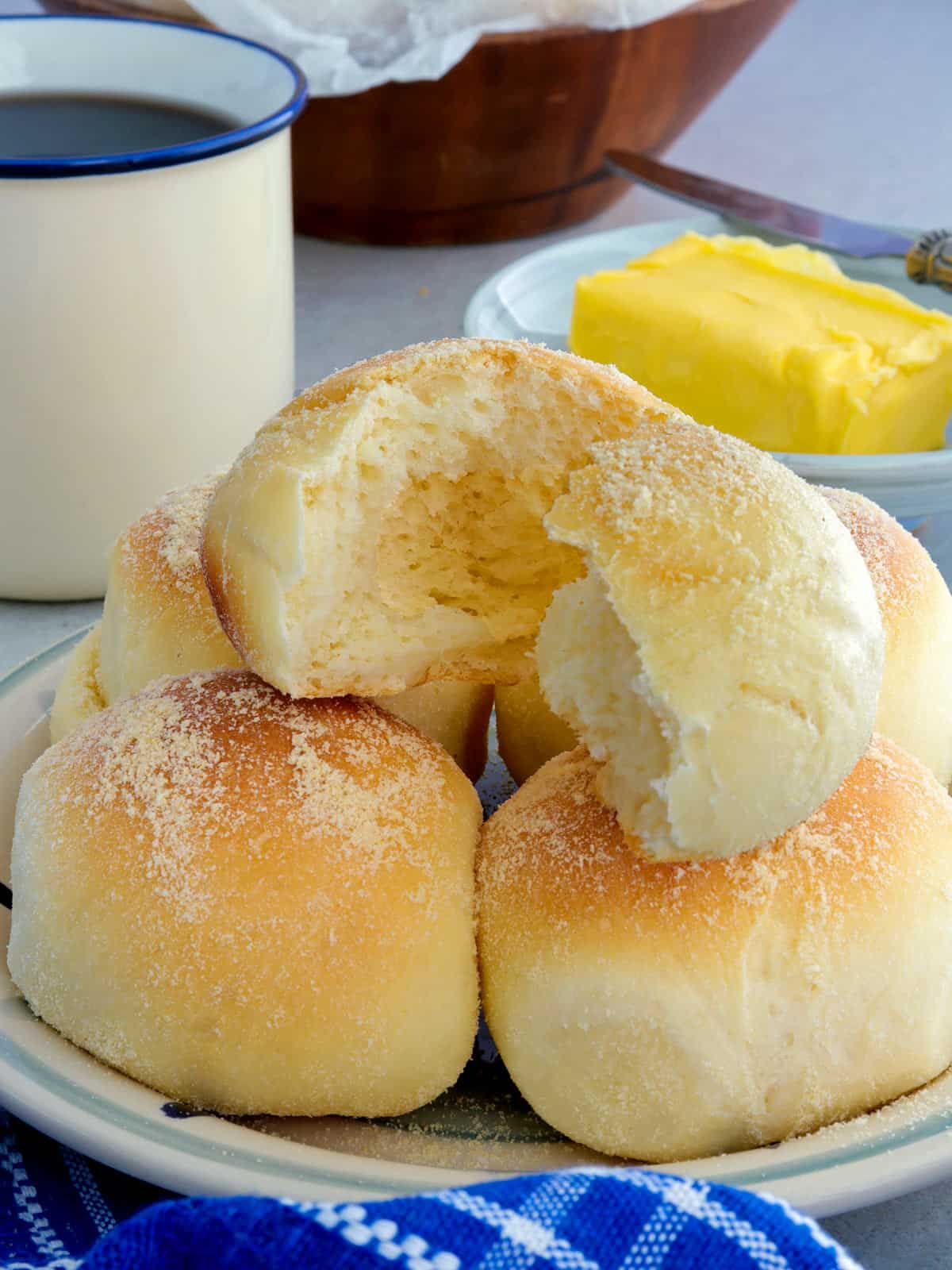
How to store
- Cool, wrap, and bag. Allow the bread to cool completely before storing. Wrap individually in aluminum foil and place in an airtight container or freezer bag to prevent drying. If using a plastic bag, release all excess air before closing the bag, as any air left in the bag will dry the bread more quickly.
- Room temperature- If you're storing them at room temperature, plan to eat them in the next few days, as they don't contain preservatives to extend shelf life.
- Freezer- To keep fresh longer, place the foil-wrapped bread in a freezer bag and freeze for up to a month. Past 30 days, the bread will start to develop frost and freezer burn.
- Refrigerator- NOT recommended as the rolls dry faster, and the taste may be altered.
Reheating instructions
- Oven- place the foil-wrapped bread in a preheated 350 F oven for about 5 to 6 minutes or until warmed all the way through. If frozen, thaw completely at room temperature and warm in the oven.
- Microwave- a good option if you're in a hurry, but watch the bread carefully as this method can quickly turn them tough and chewy. Remove the foil wrap and place the rolls on a microwave-safe plate. Cover with a damp paper towel and microwave for about 20 to 30 seconds.
Ingredients
- ¼ cup warm water
- 1 package (¼ ounce) active dry yeast
- 1 cup lukewarm milk
- 2 ounces butter, room temperature
- 2 eggs, beaten
- ½ cup sugar
- 1 ½ teaspoons salt
- 4 ¼ cups flour plus ¼ to ½ cup more for kneading
- ½ cup fine breadcrumbs
Instructions
- In a stand mixer bowl, combine water and yeast. Allow to sit for 10 minutes or until the mixture becomes bubbly. Stir well.
- In a small bowl, combine milk, butter, eggs, sugar, and salt. Stir together until incorporated.
- Add milk mixture and 2 cups flour to yeast mixture. Using a dough hook, beat to combine.
- Gradually add the remaining 2 ¼ cups flour in ½ cup increments and continue to combine all ingredients.
- On a lightly floured surface, turn over dough and knead, sparingly adding the remaining ¼ cup flour as necessary, for about 10 minutes or until smooth, supple and elastic.
- In a lightly oiled large bowl, place dough. Cover with film and allow to rise for about 1 to 1 ½ hours or until double in size.
- On a lightly floured surface, transfer dough and divide into 24 pieces. Shape each piece into a ball and roll on breadcrumbs to coat.
- Arrange balls about 1-inch apart on a lightly greased baking sheet. Cover with a cloth and allow to rise for about 1 to 1 ½ hours or until double in size.
- Meanwhile, preheat oven to 350 F.
- Bake in the preheated oven for about 15 to 20 minutes or until golden brown. Serve hot.
Notes
- Make sure the temperature of the water used for proofing is between 105 F to 115 F, as hot liquids (about 135 F and above) will kill the yeast.
- The purpose of activating or proofing the yeast is to ensure it's alive and active before proceeding with the recipe. If bubbles don't appear on the surface of the mixture after about 6 to 10 minutes, it might be the liquid is too hot or the yeast is too old.
- You will need 4 ¼ cups of flour for the dough and about ¼ to ½ cups when kneading. Add the remaining flour sparingly and just until the dough is manageable. Knead the dough until it is smooth, elastic, and no longer sticky.
- Do the windowpane test to know if the dough has been kneaded enough. Take a little portion of the dough and stretch it out with your fingers. It should form a thin and translucent window in the center without breaking.
- Yeast grows and multiplies best at 75 F to 85 F. If your house is too cold, turn on the oven to the lowest setting for about 2 minutes, turn it off, and place the dough in the center of the oven to rise.
- If you prefer the cylindrical shape of traditional pandesal, divide the dough into two parts and shape each into a long baton with a 4 to 5-inch diameter. Cut each baton horizontally into 12 portions.
Video

Nutrition Information
“This website provides approximate nutrition information for convenience and as a courtesy only. Nutrition data is gathered primarily from the USDA Food Composition Database, whenever available, or otherwise other online calculators.”
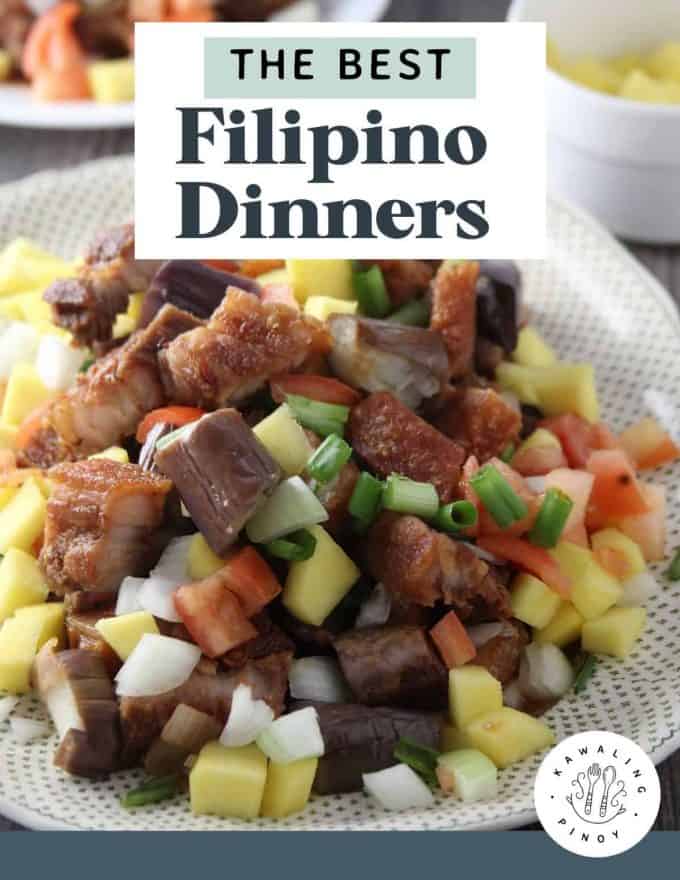
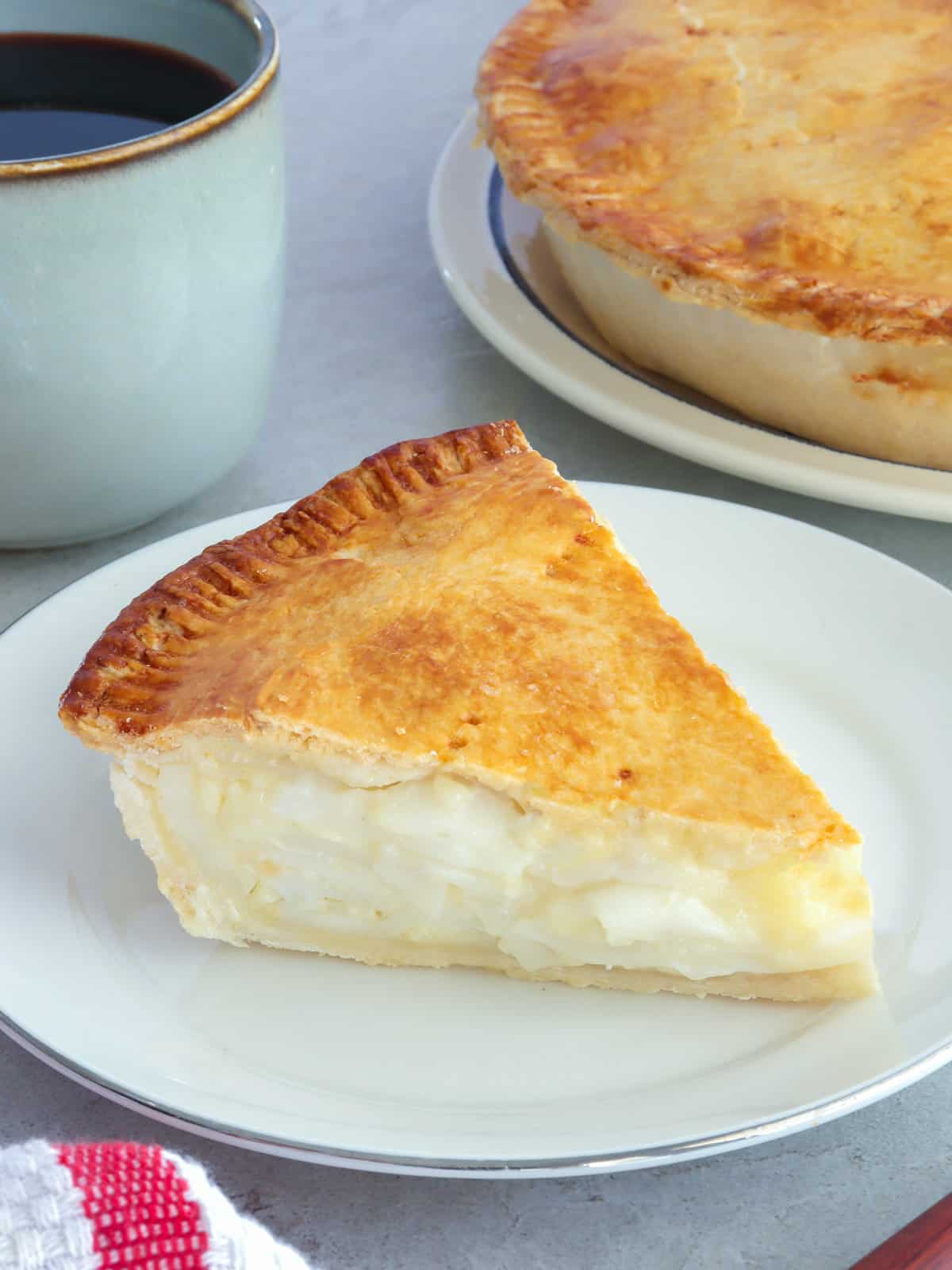

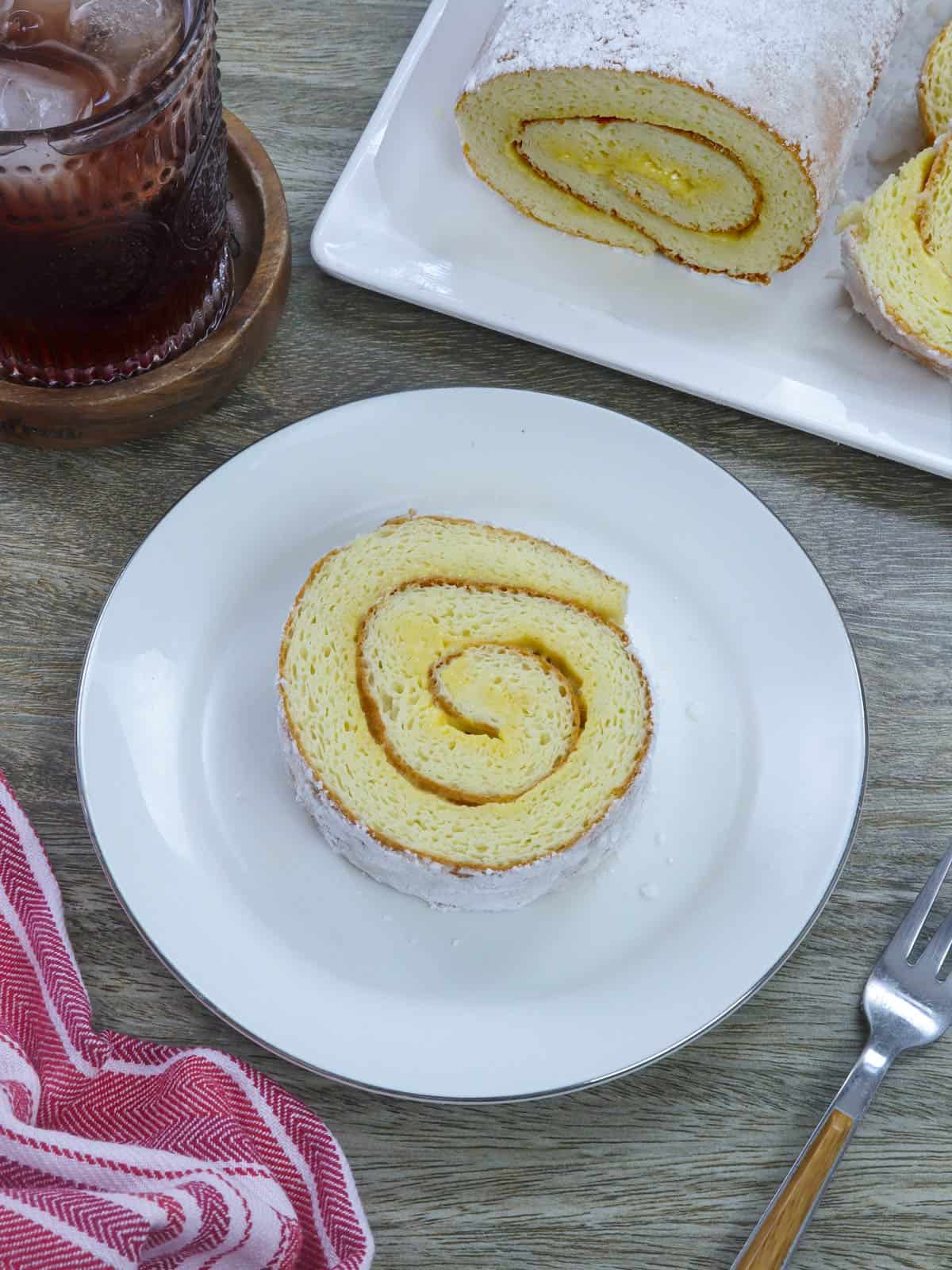
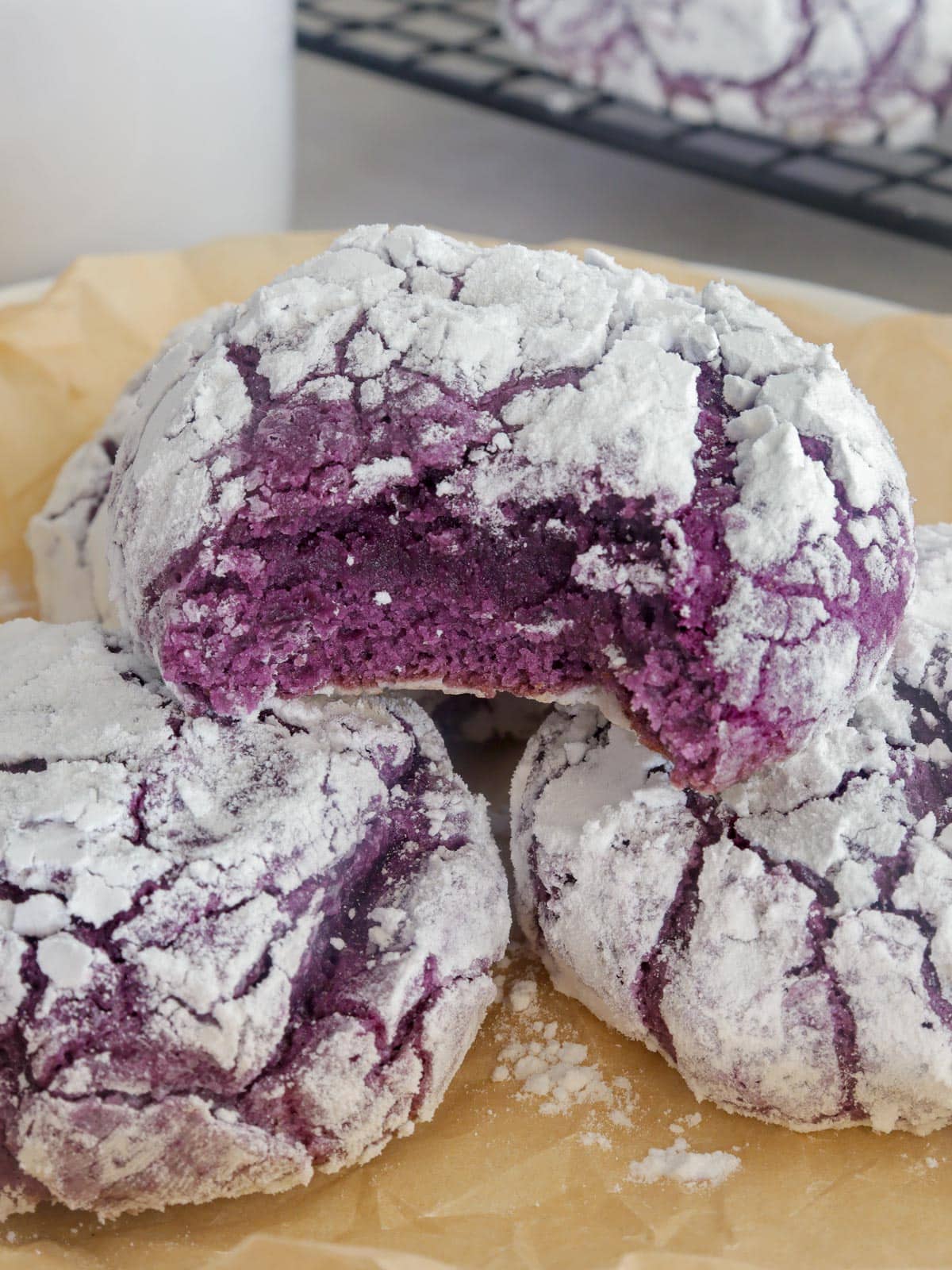
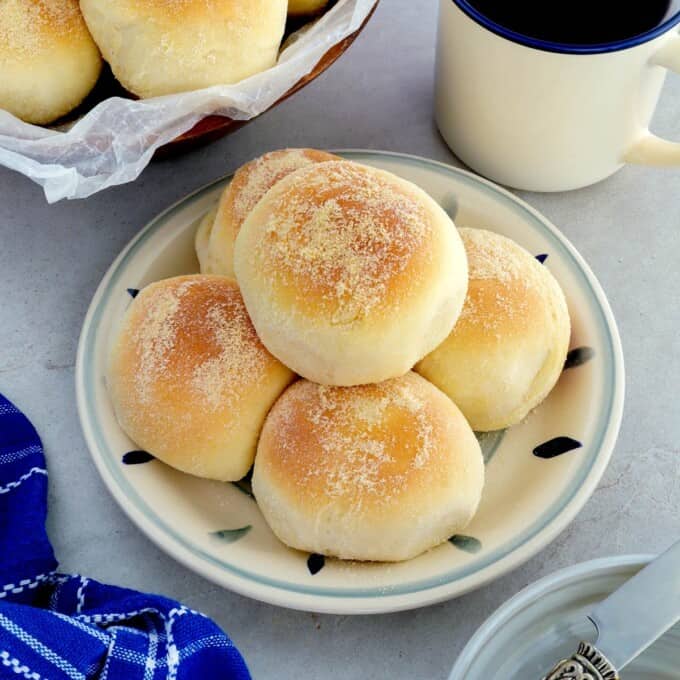
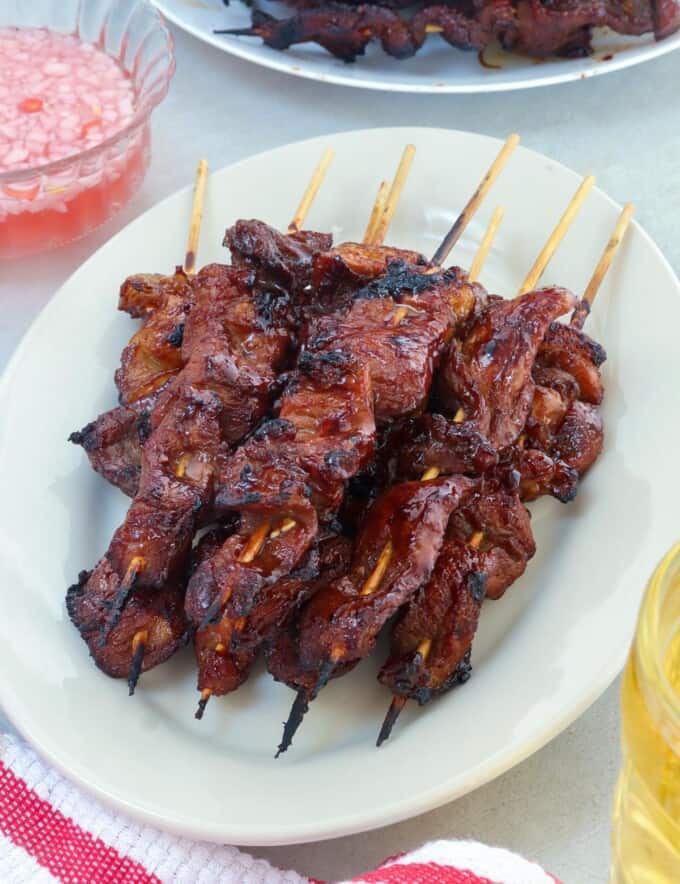
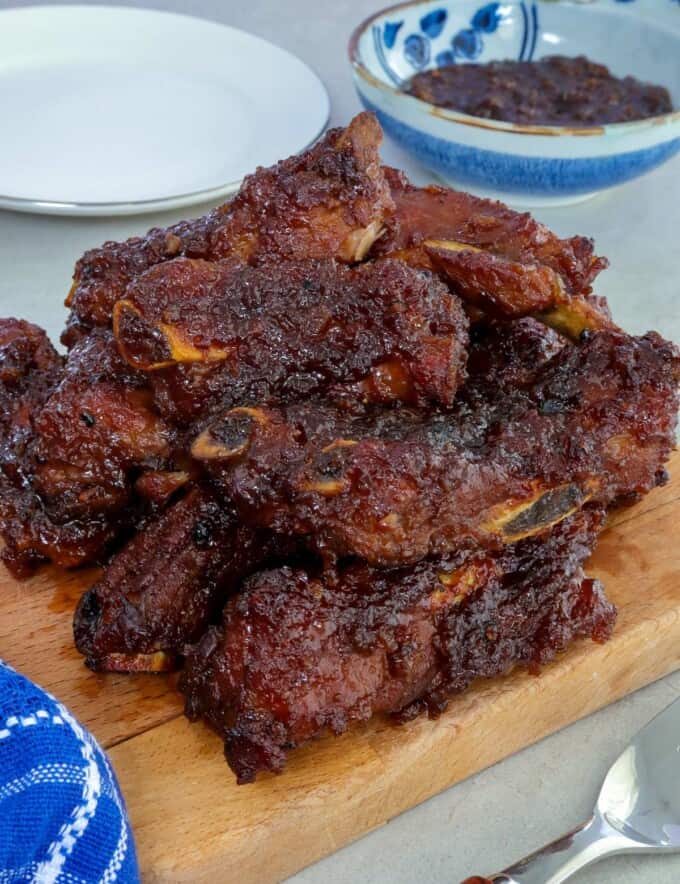
Tiffany says
Prefect!
Rose says
Yummy on first try. I did have to use more flour when kneading and I was worried I made it too dry, but it came out pretty good first try.
Esper says
The best recipe, so soft and tasty
enzo says
what are the percentage each ingredients?
Amber Bouchard says
I've made these twice now. My husband says they aren't as sweet as his mom's pan de sal, but he enjoys them!
Jossie says
I made this, wow, recipe was so simple, my first time to make pandesal,
soft & fluffy. Thank you for the recipe
Nicole says
Just a quick question. I see that we have to roll the bread in bread crumbs, but do we have to?
Susan Turner says
Are you using “Bread Flour”. Or just plain white ?
Lalaine Manalo says
Just all-purpose flour 🙂